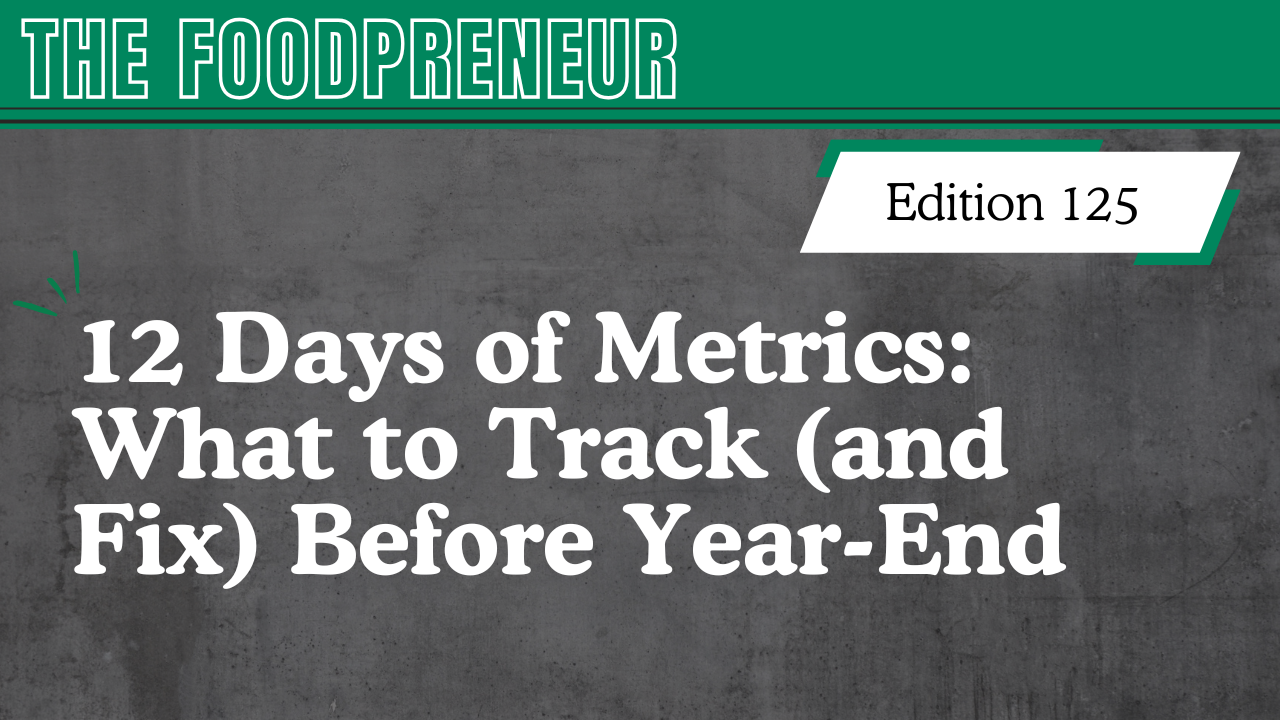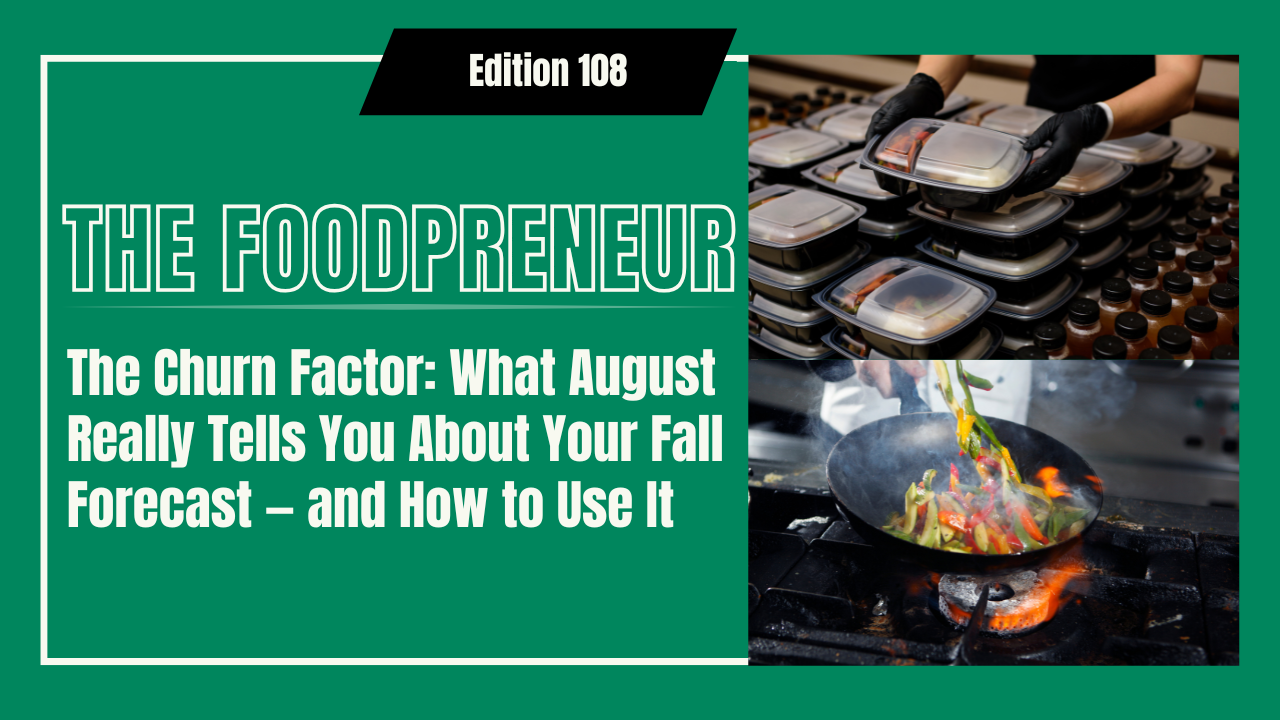

It’s mid-August. You open your analytics dashboard and see a sudden cluster of red arrows: paused plans, skipped deliveries, unanswered emails piling up. If you’ve been in the heat-and-eat game for more than one summer, you know the pattern. August is the month when even die-hard subscribers drift.
Most brands shrug it off as “seasonal.” Smart brands treat it like reconnaissance. Because August churn isn’t random. It’s a live feed of how sticky your service is when school’s out, schedules shift, and home kitchens run on iced coffee and leftover takeout. If you lean in, though, you can spot the cracks that might split wide open in October.
So how to turn August attrition into a fall advantage? Start here.
Picture a typical subscriber in June. Kids are in school, vacations are still weeks or months away, weekends are dominated by sports and other family activities. But every night, they gather around the table to have dinner.
Now imagine that same household in August. College kids are home from school, camp is in full-swing, family is visiting from out-of-town, and impromptu plans are dominating the calendar. And that shift does two things:
Translation: August isn’t the slump, it’s a stress test. If customers ghost now, they’re silently voting on what they love and what they can live without.
Most cancellations start after a string of smaller disengagement tells. Zoom in on these:
Successive Skips
One skip can be a week away. Two skips signal hesitation. To combat this:
Fading Engagement
If last month’s 40% email open rate is now a shrug, ask why. You can also try swapping promo blasts for value-driven content like recipe tips, freezer hacks, and travel-friendly menu highlights that delivers value-add during the summer months.
First-Time Complaints from Long-Time Fans
When loyalists file a ticket in August, treat it like a fire alarm. Acknowledge their outreach ASAP and do your best to offer a quick remedy. In many cases, a credit, replacement meal, or personalized menu tweak will do the trick.
Unretried Failed PaymentsIf a card fails and the customer doesn’t update it within 48 hours, they’ve moved you to the “optional” column. Consider ways to connect directly when this happens.
If you aren’t already, consider automating a text reminder with a one-tap update link or pair outreach with a small thank-you credit for the nudge.
When a pause comes in, your first reflex might be fix it now. Better reflex: classify it first. Break pauses into buckets:
Summer is also an ideal time to roll out a “Summer Drift” email series. The tone: friendly, low-pressure, and useful. Aim for three touches over ten days. Here’s a good framework that can easily be adjusted and adapted based on your audience.
It’s also a great time to test out flash sales, offers, and bundles. For example:
“Weekend Only: Lite Box Launch.” Four-meal mini-plan, perfect for post-trip fridge restocks.
OR
“Staycation Bundles now on sale! Get your Zero-Oven Weekend Kits, including everything you need to stay IN this weekend.”
Late August isn’t the time for granular financial modeling yet. Aim for directional insights:
Dashboard Deep-Dive
All of this said, be sure you’re avoiding the all-too-common pitfalls heat-and-eat brands tend to fall into when churn happens. Specifically:
Picture your dashboard again, but this time the red arrows are clues, not catastrophes. Each skip is a sentence in a story your customers are telling: about variety, flexibility, value, and whether you matter when their day-to-day shifts. Listen early, act quickly, and by the time routines snap back in September, you’ll have already patched the leaky roof, tidied the welcome mat, and stocked the fridge with food that feels fresh again.
Because fall success doesn’t start when sweater weather rolls in. It starts in the summer, when brands brave enough to lean in get a priceless head start on everyone else.
